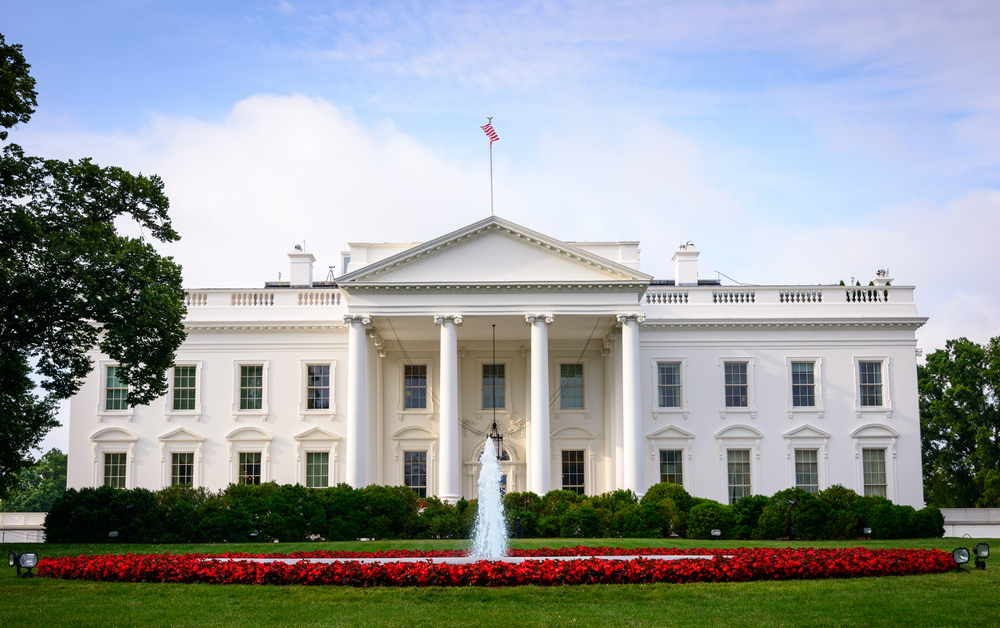April 4, 2022 – The fiscal year (FY) 2023 budget proposed by President Joe Biden last week emphasizes fiscal restraint more than new, big spending programs, but it does ask for increased funding for pandemic preparedness, the Food and Drug Administration (FDA), and projects such as the Cancer Moonshot and the Advanced Research Projects Agency for Health (ARPA-H).
“President Biden appears to position himself closer to the political middle ahead of the midterms,” according to Coalition for Healthcare Communication Executive Director Jon Bigelow. “As always, a president’s budget message is less a legislative proposal than a wish list and outline of priorities,” he noted in a recent CHC Industry Leaders Alert. “Ultimately, Congress makes the major spending decisions, and in this election year, bitter disagreements lie ahead.”
Pandemic preparedness/HHS proposal
Specifically, Biden’s budget proposes $127.3 billion in discretionary funding for the Department of Health and Human Services (HHS), a 15-percent increase over FY 2022.
HHS would receive $82 billion over five years to improve recognition of and defense against “biological catastrophes.” This total includes $28 billion for the Centers for Disease Control and Prevention (CDC) and $9.9 billion for state and local health departments to improve surveillance, disease monitoring, and vaccination programs, as well as $12.1 billion for the National Institutes of Health to augment research on tests, vaccines, and treatments for various threats.
HHS also would receive $51.7 billion over the next decade for mental health care, including programs especially targeting youth. There would be $500 million for maternal health programs, more support for addiction services, and added funds for family planning services for low-income Americans.
ARPA-H, a Biden priority given $1 billion in recent legislation, would receive another $5 billion in this budget.
Addressing near-term funding for COVID-19, HHS Secretary Xavier Becerra was quick to point out that the increased funding for long-term pandemic preparedness is separate from the additional funds previously requested for what the Biden administration emphasizes is an immediate need to purchase COVID-19 tests, vaccines, and therapies in preparation for the next wave of the current pandemic.
Increased funding for FDA covers a lot of ground
Biden’s budget offers a headline number of $8.4 billion for the FDA. That would be a huge increase, Bigelow explained, but requires clarification: About $1.6 billion would be new funding specifically to prepare for future pandemics, and $3 billion would be from user fees paid by manufacturers of pharmaceuticals, medical devices, and tobacco products.
The other $3.7 billion would be “budget authority,” Bigelow stated, a $356-million increase largely to support data modernization, recruitment and training of new facilities inspectors, strengthening the Cancer Moonshot program, and a cybersecurity program for medical devices. Also, $30 million would go toward measures to reduce the incidence of opioid addiction, develop novel pain therapies, and improve enforcement of restrictions on opioid prescriptions.
Biden’s budget message also includes a few policy requests: One asks Congress to give the FDA the authority to condition the approval of drugs through the accelerated pathway upon the sponsor’s showing adequate design and a timely schedule for completion of required follow-up studies.
Bigelow added that although Biden’s State of the Union address assailed high prescription drug prices, the budget proposal does not detail plans in this area. “Instead, there is a placeholder for some to-be-determined compromise on cost reduction, such as the Medicare negotiation with manufacturers that had been included in the ill-fated Build Back Better Act,” he said.
He also noted that the budget proposal does not detail initiatives and costs to further expand the Affordable Care Act or Medicare, other than a similar placeholder to allow for negotiations on scaled-down Build Back Better legislation.
House and Senate to take up budget work
Various House and Senate committees now will begin analyzing their portions of the budget, with the goal of agreeing on an overall spending total, dividing that total between defense and non-defense spending, and hammering out the details in 12 appropriations bills.
“Although the fiscal year begins Oct. 1, we’re unlikely to have a final budget until after the November elections,” according to Bigelow. “Since the fiscal 2022 budget was approved just two weeks ago, the fiscal 2023 process is off to a late start, and Republican leaders have a strong incentive to use Continuing Resolutions to delay action based on the expectation they will take control of one or both chambers and have a stronger bargaining position in January.”




